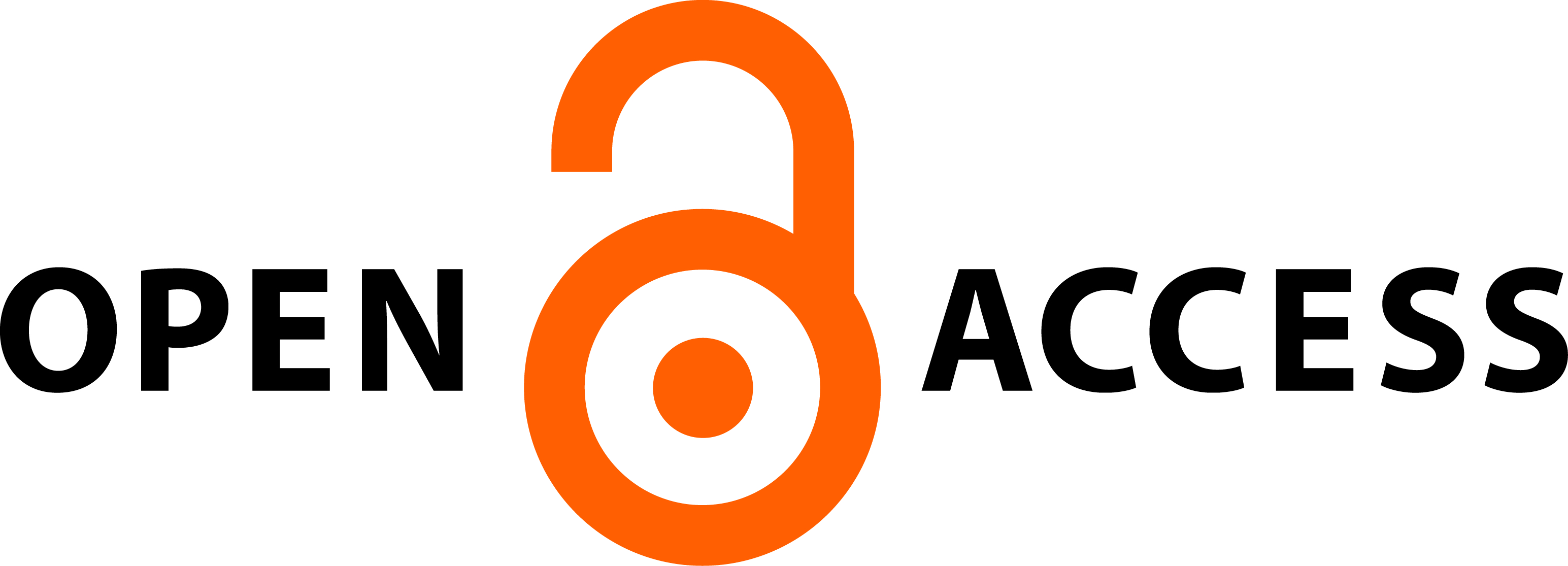IMPLEMENTASI HUKUMAN QISAS SEBAGAI TUJUAN HUKUM DALAM AL-QUR’AN
DOI:
https://doi.org/10.21154/muslimheritage.v5i2.2342Keywords:
Qisas, Diyat, law, restorativeAbstract
Abstract
In Islam the punishment for the perpetrators of murder and persecution is called qisas, namely giving the same treatment to the perpetrators. The existence of qisas is not a cruel act but it is an alternative for the creation of life and life according to Divine provisions. Unfair legal practices are reconstructed by the Qur'an, so that the objectives of a just law and the peace of life of the people can be realized. This research will be discussed regarding the law of qisas the word of Allah SWT in al-Qur’an letter al-Baqarah: 178-179 as forms and purpose of law in acts of murder. This research is a literature study, with the nature of descriptive implementation of the qisas punishment as a legal objective in the al-Qur’an specifically in surah al-Baqarah: 178-179 research analysis to describe and explain systematically about the research findings. o find out the 9 which deals with the punishment for the violation of murder. The results show that Qisas is the law of origin, which is enforced from the beginning, while diyat is the second law, and forgiveness is the most commendable thing from the sentence in QS al-baqarah: 179 confirms the basic purpose of the implementation of qisas law to maintain human survival. The fuqaha 'formulate the level of murder as well as the sentence as the implementation of the qisas penalty which contains the value of restorative justice with a civil settlement, but in positive law emphasizes more on pure criminal law because of the principle of legal certainty.
Abstrak
Dalam Islam hukuman terhadap pelaku pembunuhan dan penganiayaan disebut qisas, yaitu memberikan perlakuan yang sama kepada pelaku. Adanya qisas bukan sebagai tindakan yang sadis namun ini sebuah alternatif demi terciptanya hidup dan kehidupan sesuai ketentuan Ilahi. Praktik hukum yang tidak adil direkontruksi oleh al-Qur’an, agar tujuan hukum yang adil dan kedamaian hidup masyarakat dapat terwujud. Penelitian ini akan dibahas mengenai hukum qisas sebagaimana firman Allah SWT dalam al-Qur’an surat al-Baqarah: 178-179 sebagai bentuk-bentuk dan tujuan hukum pada tindakan pembunuhan. Penelitian ini merupakan studi kepustakaan, dengan sifat penelitian deskriptif analisis untuk menggambarkan dan menjelaskan secara sistematis mengenai hasil temuan penelitian. Untuk mengetahui implementasi hukuman qisas sebagai tujuan hukum dalam al-Qur’an terkhusus dalam surat al-Baqarah: 178-179 yang membahas mengenai hukuman bagi pelanggaran pembunuhan.Hasil penelitian menunjukkan bahwa Qisas merupakan hukum asal, yaitu diberlakukan sejak semula, sedangkan diyat adalah hukum kedua, dan memaafkan adalah hal paling terpuji dari hukuman tersebut. dalam QS al-baqarah: 179 menegaskan tujuan dasar diberlakukannya hukum qisas untuk menjaga kelangsungan hidup manusia. Para fuqaha’ merumuskan tingkatan pembunuhan sekalligus hukumannya sebagai implementasi hukuman qisas yang mengandung nilai keadilan restoratif dengan penyelesaian secara perdata, namun dalam hukum positif lebih menekankan pada hukum pidana murni karena adanya asas kepastian hukum.
Downloads
Published
Issue
Section
License
Requirements to be met by the author as follows:
- Author storing copyright and grant the journal right of first publication manuscripts simultaneously with licensed under the Creative Commons Attribution License that allows others to share the work with a statement of the work's authorship and initial publication in this journal.
- Authors can enter into the preparation of additional contractual separately for non-exclusive distribution of a rich version of the journal issue (eg:post it to an institutional repository or publish it in a book), with the recognition of initial publication in this journal.
- Authors are allowed and encouraged to post their work online (eg, in institutional repositories or on their website) prior to and during the submission process, because it can lead to productive exchanges, as well as citations earlier and more severe than published works. (see The Effect of Open Access).
















